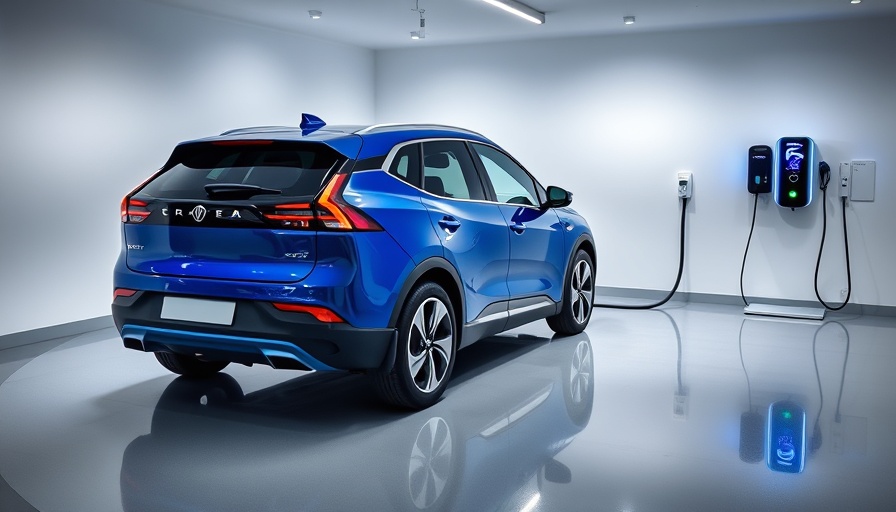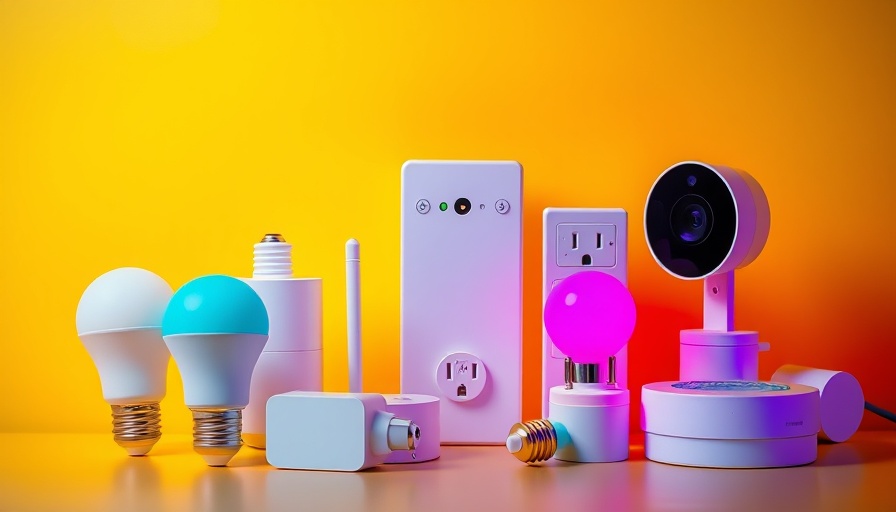
Understanding Bidirectional Charging: A Revolutionary Shift in Energy
In the realm of renewable energy and electric mobility, bidirectional charging is emerging as a pivotal technology. According to a comprehensive analysis by P3, bidirectional charging enables electric vehicles (EVs) not only to consume power but also to feed excess energy back into the grid or into homes, harnessing their batteries as mobile storage units. This innovation is poised to play a crucial role in integrating more renewable energy sources like solar and wind, which need flexible storage solutions due to their variable nature.
Unpacking the Benefits: Why Bidirectional Charging is Gaining Traction
One of the driving factors behind the rising interest in bidirectional charging is its potential for enhancing grid resilience. In many regions, electricity demand is increasing significantly, and climate-related disruptions are straining traditional grids. P3’s report notes that using EV batteries to support the grid can relieve stress on existing infrastructure while lessening dependence on fossil-fuel peaker plants, which are typically activated during periods of peak demand.
Moreover, for EV owners, bidirectional charging presents the opportunity to turn their vehicles into income-generating assets. By selling surplus electricity back to the grid during peak times, drivers can offset their charging costs and improve the economics of EV ownership. This system can fundamentally alter how individuals view their vehicles—not merely as modes of transportation, but as integral components of a smart energy ecosystem.
Navigating the Challenges: Technical Hurdles and Market Limitations
Despite its benefits, implementing bidirectional charging comes with notable challenges. A primary concern is battery degradation; frequent charge and discharge cycles may reduce battery life. However, advancements in battery technology and smart charging algorithms are beginning to mitigate these issues. The integration of AI-driven energy management can optimize the flow of bidirectional energy while minimizing wear on batteries.
Another significant barrier is interoperability. For bidirectional charging to proliferate, standardized communication protocols between vehicles, chargers, and the grid are essential. Initiatives like ISO 15118 and CHAdeMO are working towards creating the necessary standards, but without widespread adoption, the scalability of bidirectional technology will be hampered.
Regulatory Preferences: The Need for Clear Frameworks
The current regulatory environment presents another challenge. Many existing energy market structures do not accommodate bi-directional energy transactions as of yet. P3 emphasizes the necessity of robust regulatory frameworks and market incentives to unlock the full potential of this technology. Stakeholders, including policymakers, must start re-evaluating regulations to ensure they facilitate rather than hinder the growth of bidirectional charging.
Exploring Practical Applications: Vehicle-to-Home and Beyond
P3’s white paper highlights various applications of bidirectional charging, predominantly from a German perspective. The most common use cases involve vehicle-to-home applications, particularly utilizing bidirectional charging to enhance the efficiency of self-generated photovoltaic electricity. Homeowners equipped with solar panels can optimize their energy consumption by directing surplus power stored in their EVs for use during peak hours.
This innovative mode of energy management not only enhances energy independence but also contributes to lowering overall electricity bills. By smartly integrating solar power generation, EV charging, and home energy use, owners can significantly maximize the returns from their renewable energy investments.
Looking Forward: Future Trends and Opportunities
The future of bidirectional charging appears promising. As technology continues to evolve and expand, innovative solutions will emerge that capitalize on the advantages of EV battery storage. The potential growth in this sector could lead to transformative changes in the energy marketplace, potentially reshaping how energy is consumed and traded.
Homeowners and businesses that embrace this technology not only stand to benefit financially but also position themselves at the forefront of the green energy movement. By leveraging their vehicles as active participants in energy markets, they can contribute meaningfully to a sustainable energy future.
Taking Action: What's Next for You?
As we venture into this new era of energy management, consider the implications of bidirectional charging for your own energy strategies. Investing in EVs with bi-directional capabilities could redefine how you view energy consumption and savings in your home or business. Reach out to energy consultants to explore how adopting these technologies can benefit your specific circumstances. Stay informed about upcoming regulations and market trends to maximize your energy investments responsibly and effectively.
 Add Row
Add Row  Add
Add 




Write A Comment